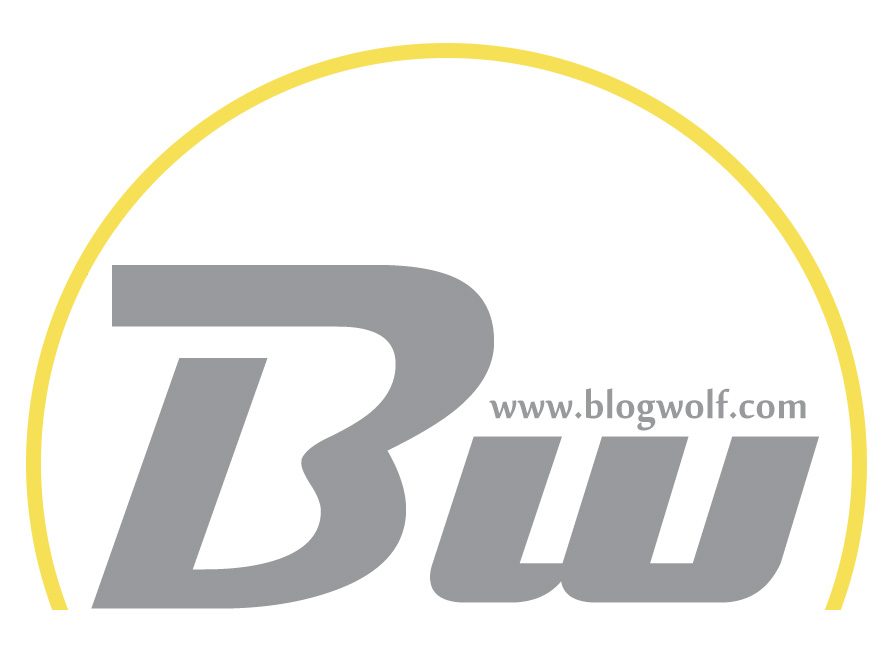Table of Contents
In the fast-paced world of content creation, visuals play a crucial role in capturing an audience’s attention. However, not everyone has the budget or resources to purchase premium stock photos or hire a photographer. This is where public domain image websites come in. These platforms offer high-quality images that are either in the public domain or under very permissive licenses, meaning they can be used freely for personal and commercial projects without attribution.
This guide takes a close look at some of the best free public domain image websites available today, offering users a reliable way to enhance their visual content without breaking the bank.
What Are Public Domain Images?
Public domain images are photos and graphics with no copyright restrictions. This means they can be used, modified, and distributed freely by anyone for any purpose, including commercial projects, without needing to request permission or provide credit. These images typically fall into the public domain in one of two ways:
- The copyright has expired.
- The creator has voluntarily released the image into the public domain.
Various licenses such as Creative Commons Zero (CC0) also allow images to be used freely, even though they aren’t technically in the public domain. For most users, these images are functionally equivalent because they come with no strings attached.
Top Free Public Domain Image Websites
1. Pixabay
Pixabay is a user-friendly platform that offers over 2.7 million images, vectors, and videos, all released under the Pixabay License, which is similar to CC0. You can use these assets freely, even for commercial purposes, without asking for permission or giving credit.
Notable Features:
- High-resolution downloads
- Search filters by orientation, category, size, and color
- Includes videos and music tracks

2. Unsplash
Unsplash offers an extensive library of artistic and professional-quality photos submitted by contributors around the world. Although technically not public domain, all images are free to use under their custom license, which allows for commercial use without attribution.
Notable Features:
- Curated collections by theme or industry
- User-contributed, real-world photography
- Excellent for blogs, websites, and social media
3. Pexels
Pexels is another powerhouse in the free stock photo scene. Like Unsplash and Pixabay, it provides high-quality images and videos that can be freely used under the Pexels license, which is essentially a CC0-equivalent.
Notable Features:
- Robust search functionality
- Collections curated for special events and themes
- Community support and photographer profiles
4. Public Domain Pictures
Public Domain Pictures is a repository of quality professional pictures that people have shared in the public domain. While many images are free to download at standard resolution, high-resolution files may require a small fee.
Notable Features:
- Wide variety of categories
- Monthly featured photographers
- Option to upload and contribute your own images
5. Wikimedia Commons
Wikimedia Commons is a free media repository from the same foundation that brings us Wikipedia. It hosts more than 80 million freely usable images, sounds, and video files, most of which are in the public domain or freely licensed.
Notable Features:
- Includes historical and editorial images
- Detailed licensing and attribution information
- Multilingual portal

6. RawPixel
RawPixel is known for its artistic and unique content, including collections of vintage illustrations, pattern designs, and mockups. A portion of RawPixel’s content is explicitly labeled as public domain, usually under Creative Commons CC0.
Notable Features:
- Original and uncommon designs
- Large library of vintage images from public sources
- Free memberships with an option to upgrade for premium content
7. Burst by Shopify
Burst is a free stock photo platform powered by Shopify. It’s tailored with entrepreneurs in mind, offering high-quality images that cater to various business niches and marketing materials.
Notable Features:
- Business and technology-oriented imagery
- Great for e-commerce product shots
- Useful for content marketing and advertising
Tips for Using Public Domain Images Safely
While public domain and CC0 images are legally free to use, it’s still wise to follow best practices to avoid any misunderstandings or misuse:
- Always double-check the license. Even on reputable platforms, some images may be miscategorized.
- Do not use identifiable people in questionable contexts. Privacy rights still apply, especially in commercial uses.
- Avoid trademarked content. Logos and branded products can still be protected, even in public domain photos.
Best Use Cases for Public Domain Images
Public domain images are ideal for a variety of creative and business purposes:
- Blog posts and online articles
- Social media graphics
- Marketing brochures and flyers
- Presentations and reports
- Book covers, e-books, and print-on-demand merch

Final Thoughts
The internet is flush with high-quality public domain image websites that provide valuable resources for creators, marketers, educators, and entrepreneurs. Whether you’re building a brand, writing a blog post, or producing a media-rich presentation, there’s a free image out there that fits your needs perfectly. By familiarizing yourself with these trustworthy platforms and using images responsibly, you can elevate your content without touching your budget.
Frequently Asked Questions
1. Can I use public domain images for commercial purposes?
Yes, public domain images can be used freely for both personal and commercial purposes without the need for attribution.
2. Do I need to credit the photographer?
Typically, no credit is required for public domain or CC0 images. However, it’s always respectful and encouraged to credit the creator when possible.
3. Are all images on these sites truly free?
Most images are free, but some platforms may offer premium content alongside free images. Always read the licensing details before use.
4. Can I modify public domain images?
Yes, you can edit, transform, and build upon public domain images, including using them in derivative works or designs.
5. Is it safe to use images of people from these sites?
Yes, but avoid using such images in a way that may be misleading or offensive. Even if the photo is in the public domain, people in the photo may still have rights to their likeness.

